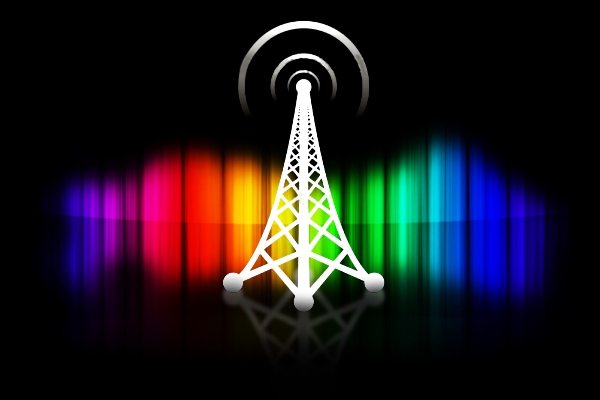The forward and reverse auction of valuable 600 MHz spectrum in the U.S. could prompt regulators around the globe make more sub-1 GHz spectrum available for mobile use, according to an Ericsson executive.
Jared Carlson, head of regulatory and government relations for Ericsson North America, discussed the operative issues in a recent blog post.
The process began with television broadcasters making their initial bid commitments by end of day on March 29, which the FCC will use to begin the reverse auction aspect of the proceedings. The reverse auction will determine the price at which broadcasters will voluntarily relinquish their spectrum usage rights in the 600 MHz band.
Television broadcasters interested in giving up some of their current spectrum holdings in the 600 MHz band had until Jan. 12 to file an application with the FCC, with a statement from the National Association of Broadcasters indicating “robust” participation from television broadcasters.
The reverse auction process is expected to take anywhere from three weeks to two months, at which point the FCC will take a break in the proceedings to repackage the spectrum offered up by the broadcasters into chunks that can be used by commercial cellular providers. Analysts predict the FCC could have between 80 megahertz and 110 megahertz of spectrum available for the auction’s more conventional forward auction process.
Carlsen said the 2008 700 MHz auction “kick-started LTE deployments across the world, delivering a true ‘digital dividend’ of mobile broadband spectrum…The 600MHz auction will add even more valuable spectrum for mobile broadband by transitioning a slice of digital television (DTV) broadcast spectrum in favor of mobile broadband use.”
He continued: ” Frequencies in lower ranges, such as those available in the 600 MHz auction, are a benefit to operators because these signals travel further than frequencies in higher ranges. This means operators do not require as many transmitters as are required in higher frequency ranges. In addition, radio signals in this range are better able to penetrate through walls and windows, leading to better coverage in buildings.”
Carlsen wrote that Ericsson “is confident this auction will inspire spectrum regulators around the world to consider taking similar steps to free up much-needed sub-1 GHz spectrum.”

